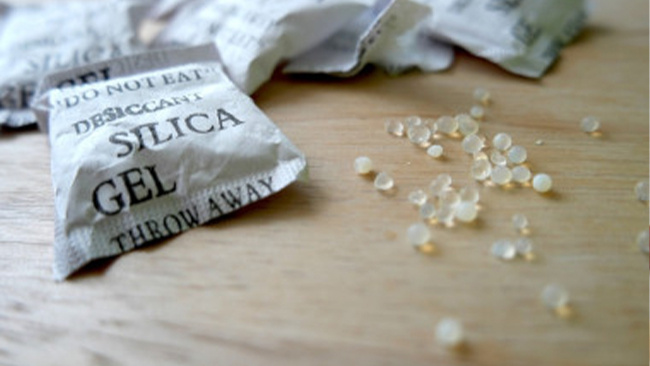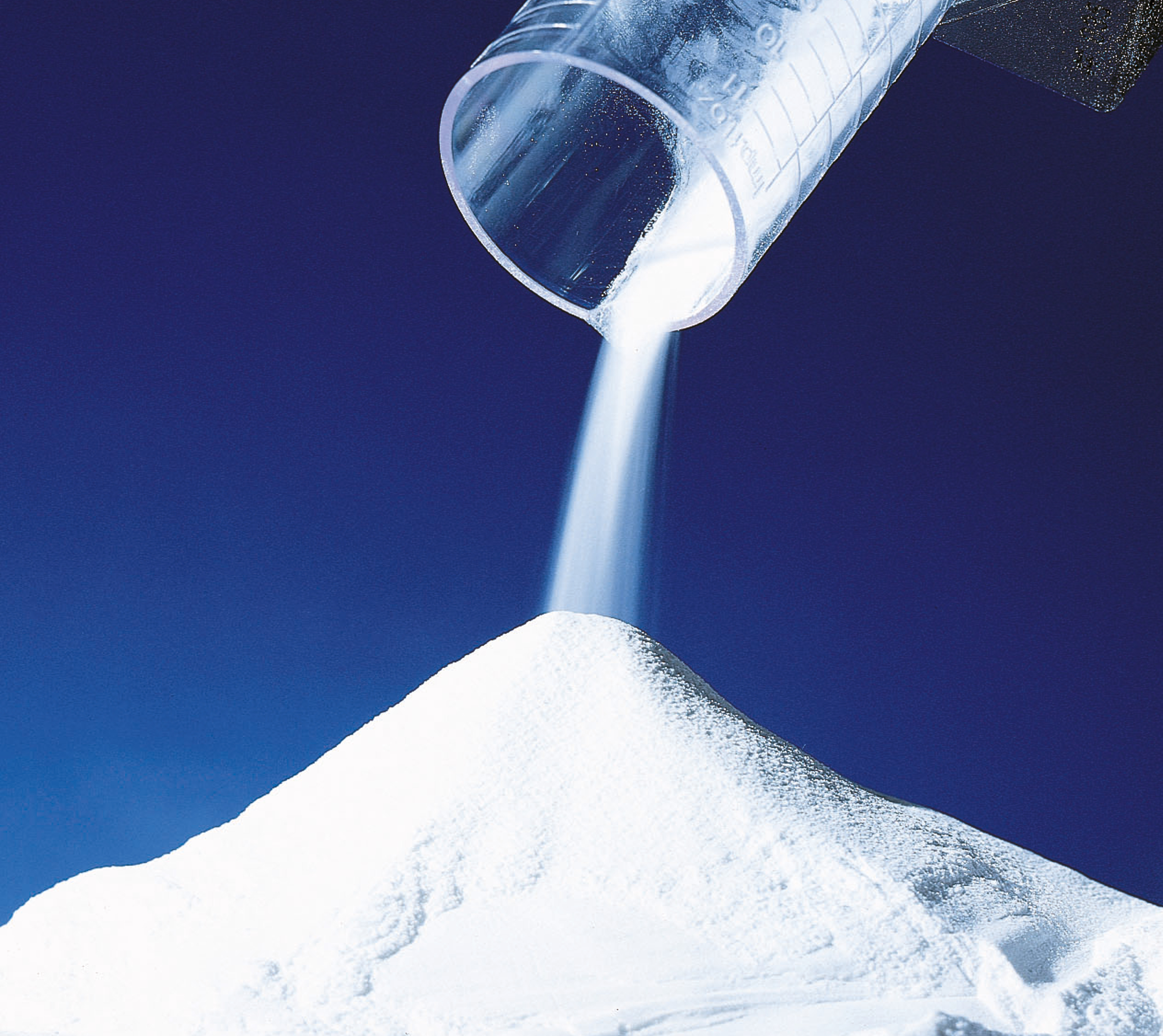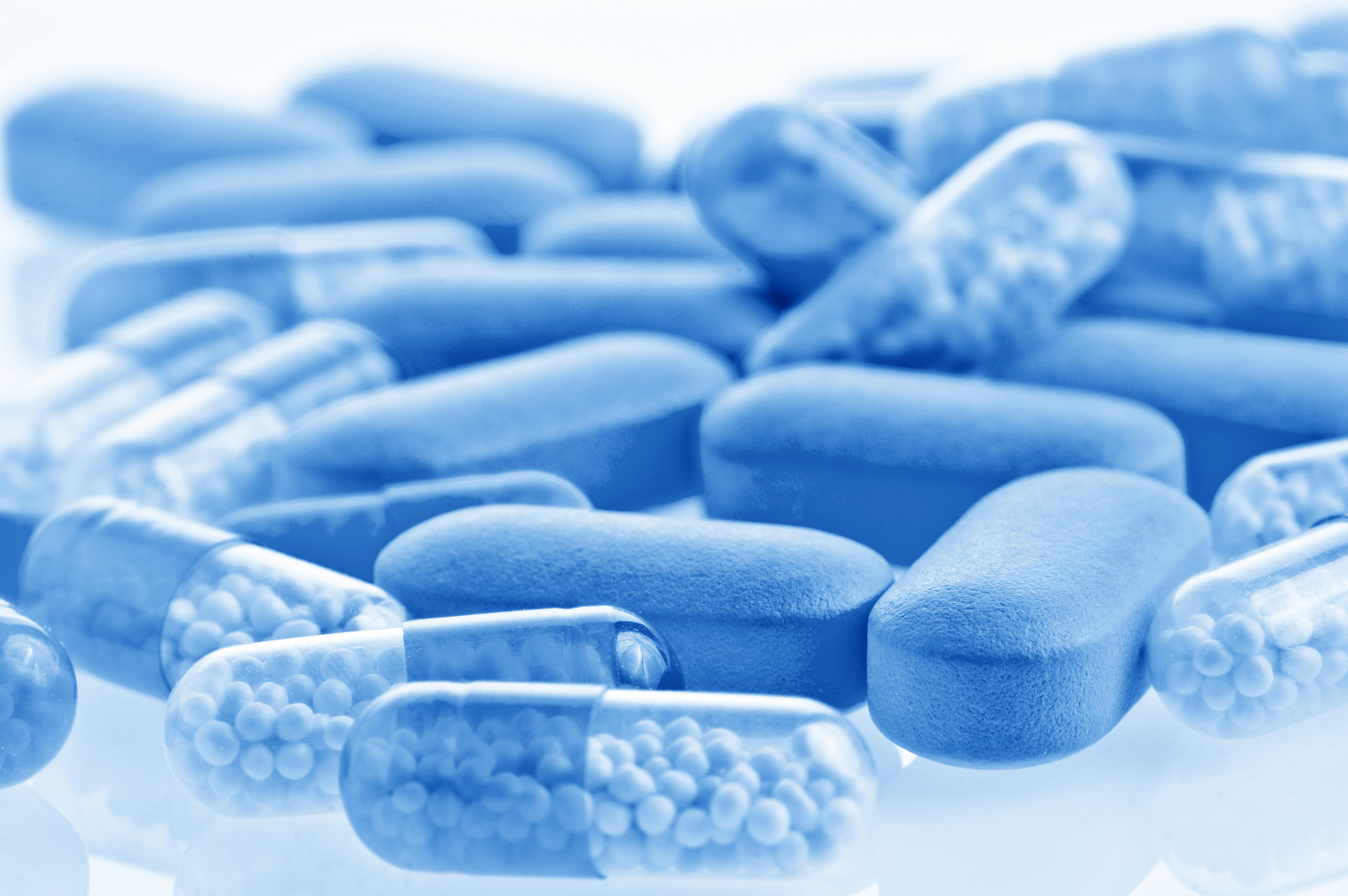- Home
- Education & Insights
- Search
- How Long Do Desiccants Last?
How Long Do Desiccants Last?

The lifespan of a desiccant can vary widely depending on its type, the environmental conditions, and its exposure to moisture. In optimal conditions within a sealed package, a desiccant can effectively absorb moisture and protect pharmaceutical products for over two years; however, once exposed to open air, its effectiveness is significantly reduced, typically within 24 to 48 hours.
To help customers understand more about desiccants and how long they last, we spoke with Valere Logel, Global Head of Innovation — Functional Packaging at Colorcon. He offers his expertise on the various types of desiccants, their effective lifespan, and strategies for extending the shelf life of pharmaceutical products.
Q: In general, how long will a desiccant last?
A: The lifespan of a desiccant depends on several factors, including the type of desiccant, the packaging environment, and exposure to moisture.
In controlled conditions, a desiccant can effectively maintain its moisture-absorbing capacity for over two years, especially when packaged properly with moisture-sensitive goods.
However, once exposed to an uncontrolled environment, such as during manufacturing or with repeated opening of multi-dose containers, their effectiveness can diminish, usually within 24 to 48 hours of exposure to ambient conditions.
Q: What are the different types of desiccants?
A: Desiccants fall into two main categories: those that bind water molecules chemically and those that bind them physically.
The key chemical desiccants include calcium oxide (CaO) and calcium chloride (CaCl2). On the physical side, we have silica gel, which is a highly porous form of silicon dioxide, molecular sieves designed to adsorb molecules of certain sizes and polarities, and activated clay, which adsorbs water between layers of silicate.
For pharmaceutical applications, USP <670> Auxiliary Packaging Components outlines the requirements for these desiccants.
Q: Can you describe the different stages in the life cycle of a desiccant?
A: The life cycle of a desiccant encompasses several stages, starting from the manufacturing of the active desiccant material to its eventual use in packaging. This includes storage and transit of the raw material, exposure during the manufacturing of moisture-absorbent products, and storage and transit of these products.
Once incorporated into consumer packaging, the desiccant goes through an active life phase where it safeguards the shelf-life of the packaged goods. For multi-dose containers, repeated exposure to environmental air occurs every time the container is opened.
Q: How long can desiccants be exposed during the manufacturing process without losing effectiveness?
A: Desiccants start absorbing moisture from the surrounding environment as soon as they are exposed. In an uncontrolled environment, their moisture uptake capacity is typically exhausted within 24 to 48 hours. It is advisable to limit their exposure during production handling to less than one or two hours to maintain their effectiveness.
Q: What happens when desiccants are incorporated into the final packaging?
A: Once sealed in packaging, such as a blister pack or bottle, the desiccant begins to interact with the product. It absorbs moisture from the product, reducing the relative humidity inside the package.
Over time, as external humidity permeates into the packaging, the desiccant helps to slow the increase in internal humidity, effectively maintaining drier conditions and extending the product's shelf life.
Q: How can companies best extend the shelf life of moisture-sensitive goods?
A: To protect moisture-sensitive products, it's crucial to use packaging materials with high moisture barrier properties like aluminum, glass, or specialty polymers. While these materials block most external moisture, they cannot entirely prevent internal humidity generated by the product itself.
Therefore, integrating desiccant products such as canisters or packets within less moisture-impermeable packaging options like plastic bottles can be highly effective in maintaining low internal humidity, significantly extending the product's shelf life.



